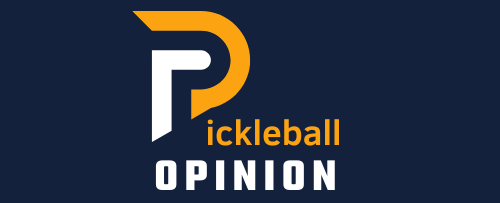What Is A Lob In Pickleball? Learn It Now
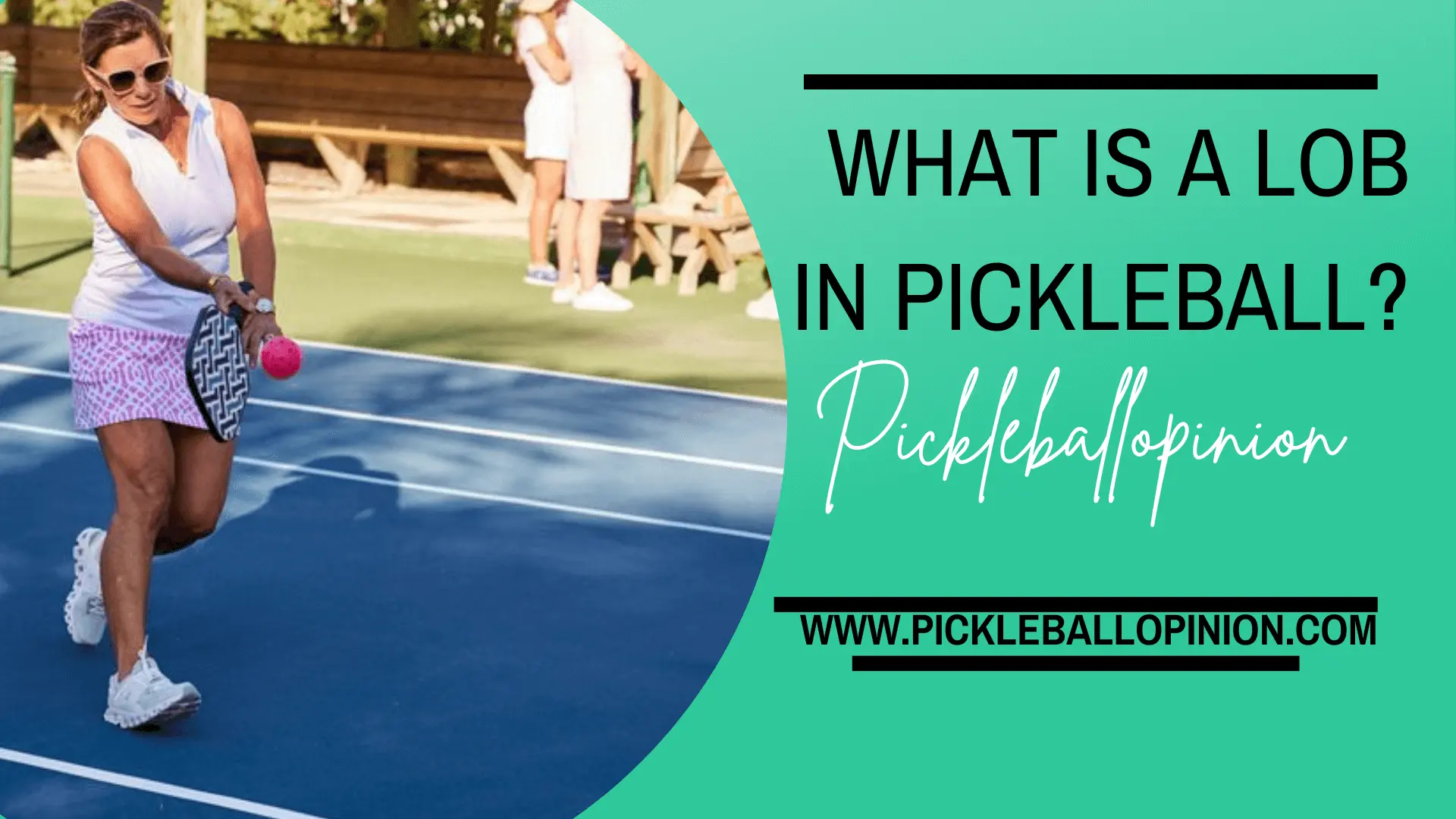
Are you ambitious enough to know what is a lob in pickleball? Is the lob related to only beginners? Well, the answer from my side is yes and no.
It’s used by all beginners and intermediate-level players during the game, but experienced and professional pickleball players still adopt and use it during the game. You’re at the exact place where you can learn and understand the lob term in pickleball in a better way. If you’re mentally prepared to become a master in lob shots to win more pickleball games?
What is a Lob in Pickleball?
What is a lob in pickleball and how can you lob in pickleball? Not many people know the term “lob” is used It might surprise you but it’s a powerful and essential shot to play. It’s played at all levels from beginners to experienced players. For a long time, “Lob” was considered an unnecessary shot. Beginners can play it but it has not been in accordance with reality.
The lob shot in pickleball is thrown over the opponent’s high and deep to land it back of the court. According to USA Pickleball, the lob is a lofted shot that sends the ball high overhead and deep.
For the aliens of the term, a lob is defined as a lofted shot or hitting the ball in a high position or more than normal to the back of the opponent’s court. Lobs are used for defensive as well as offensive purposes. Usually, it’s proved a very effective shot when the opponent is leaning forward to the non-volley zone line i.e. close to the net. Resultantly, your opponent moves away from the non-volley zone, the kitchen which gives you enough time to be ready for the next shot while your opponents are busy in their defense.
What is Lobbing in Pickleball and Its Types?
1. Regular or Basic Lob
A regular or basic lob is simple and challenging. It’s a shot hit in a high, curving direction, aimed to land near the opponent’s baseline. It requires a basic low-to-high paddle motion during the game.
2. Top Spin Lob
A top spin lob is more effective and aggressive than a regular or basic lob. It is compelling. When this lob is used to the ball, it will fly fast when it lands on the ground, making it more challenging to return.
Offensive Lobs and Defensive Lobs
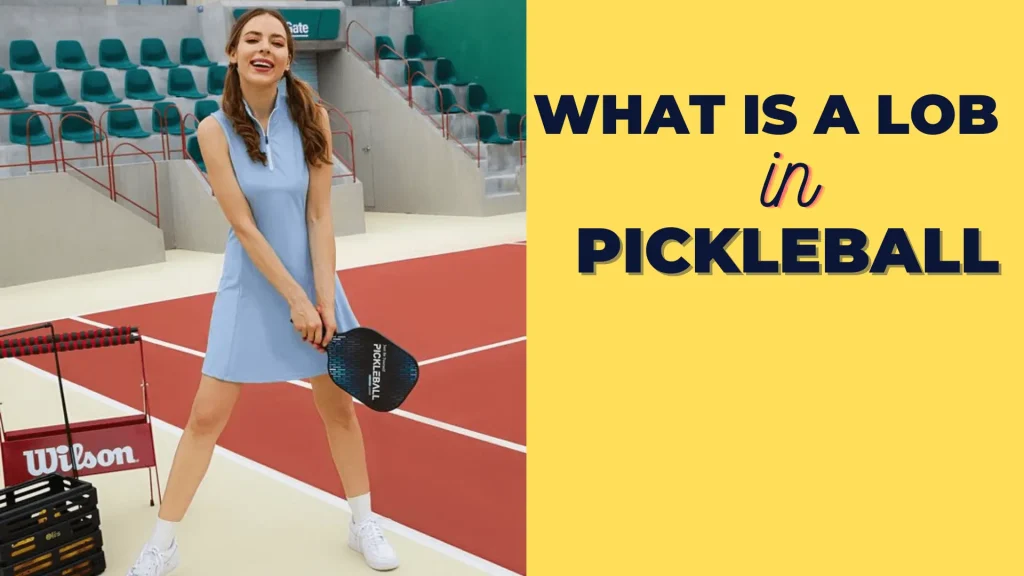
What is a lob in pickleball: Offensive Lob Shot
An offensive lob shot is vital and has a flatter trajectory than a defensive lob. This shot goes over the top of your opponent’s reach, landing in the court behind them. It’s a good choice when your opponent is at the edge of the Kitchen, non-volley zone since they’ll have to get out of the step to return the shot.
How Can You Lob in Pickleball: Offensive Lob Shot
No doubt it’s a great offensive weapon for winning the pickleball game. You must angle the paddle face slightly upward at the beginner level and follow through with an out-and-up motion. Your position should balance, and you should able to get the paddle under the ball, lifting with your knees while lifting the ball upwards.
The transfer of the weight should be towards your target. The contact point will be in front of you and slightly close. If you try to stretch the reach of the ball, you’re unable to control the ball. Pickleball coach, Simone Jardim, views it as a perfect offensive lobe technique.
Technically, it’s important not to “telegraph” the lob shot in pickleball. When a lob shot is a surprise, it works best. In preparation for a lob shot, beginners often change their position. If you were preparing to hit a drop or dink shot, keep your knees bent, your body compressed, and paddle in front of you.
Spin is applied by rotating the paddle in one smooth motion while striking the ball from below so that it grips the ball and rotates it. It will take you only a short time to get used to this!
When is the Offensive Lob a Smart Shot?
What is a lob in pickleball which we say is the offensive smart shot? The proper offensive lob works best when your opposite player is near the kitchen line, especially when they’re trying to lean in, The offensive lob works best when your opponent is near the Non-Volley Zone line, especially when they’re leaning in, expecting a dink shot. It’s an effortless and impressive shot, like a drop shot when you’re near the Kitchen, the non-volley zone.
Getting the ball over your opponent’s head from the NVZ line and out of their reach will take work. As long as the ball is in the air, your opponent has much time to act on your lob. The point to ponder is that the sun in your opponents’ eyes makes it difficult for them to understand your lob and successfully return.
Wind’s role will also significantly make it easier or more complex, depending on its direction and strength. It’s easy to handle while you’re hitting into the air rather than with it, but you’ve to be dead sure to strike it hard enough to clear your opponent’s head. When the air blows at your back, it’s easy to carry your lob out of bounds. Think about both options when you’re trying a lob.
Where Should You Hit an Offensive Lob Shot?
An excellent offensive lob is best hit over and behind your opponent and towards their non-paddle side. It will usually force your opponent to hit their next shot on the run with their backhand or run around the ball to attempt to hit it with their forehand. If your lob is short, they can put themselves into a position to hit an overhead smash.
When Should Offensive Lobs Be Avoided?
Awareness of your opponent’s location is critical. Don’t lob the ball when they’re deep in the back of the court, for example. You won’t lob the shot over their head; they’ll take the opportunity to smash the ball back at you. Many pickleball players will attempt a lob as their third shot (instead of a third shot drop) after the double bounce rule has been satisfied.
It’s often not a practical shot because your opponents will be in prime position at the kitchen line and not be surprised by the lob attempt. Tall players with long arms are more complicated to beat than a lobber. Curling the ball higher to get it over them becomes even more critical.
Anything short will make it easier to reach it and likely result in an overhead smash. Finally, avoid hitting an offensive lob when your body is in a poor position. You want the ball to be in front of you and reasonably close when you make contact so you can quickly get your paddle underneath it while keeping your body low.
What is a Lob in Pickleball: Defensive Lob Shot?
Suppose your opponents get dominant, and you’re confused about returning the ball. In such circumstances, only a high lob keeps you safe and sound in the game. It’s a defensive shot that gives you time to reset your proper place for the next volley.
On the other hand, a defensive lob also gives time to your rival to select their shots because, in a defensive lob, the curve of the ball is high, which keeps the ball longer in the air.
How do you Hit a Defensive Lob?
There are two primary differences between hitting a defensive and offensive lob. At the point of contact, one factor is your paddle angle, while the other is your follow-through.
It would be best if you pointed the open face of your paddle upward for a defensive lob. You should follow through vertically with the offensive lob rather than out and away from it.
You should avoid flicking your wrist with the ball, just as you would with an offensive lob. Get your pickleball paddle underneath the ball and your body low. Your knees and weight should be put into the shot as you guide and lift it upwards. You’re in a position to control the situation much more effectively this way.
When is the Defensive Lob a Smart Shot?
The use of a defensive pickleball lob is to gain time. When your opposite players are at the Non-Volley Zone line, it helps you to back and on your heels; this lob is much more helpful to able at your position again and backtracks you in offensive position by forcing your opponents at their baseline.
Where Should You Hit a Defensive Lob?
Defensive lobs also go over your opponent’s head as far back in the court as possible, preferably on their non-paddle side. It takes longer to return well when you have this kind of time.
When Should Defensive Lobs Be Avoided?
In this shot, the defensive lob is used at the last option. It often strikes during the run or from a weak position and might be to get the option to stay in the rally. The same kind of situation is also applied to offensive shots. Always avoid lobbying for an experienced player who is strong enough deep in the court and can return it with force back to you.
Beginners vs. Pro Player Lob Shots
Lobs are used successfully against newer players. Beginners have found difficulty in hitting a return shot. Whereas experienced players also counter with lobs. Experienced players are habitual of returning a lob.
You can hit the ball high for the flawless overhead crash if misplayed. At the pro tournament, professional pickleball players are so expert in handling any situation that they quickly get underneath a lob and ideally return it.
5 Easy Tips to Hit Better Lob Shots
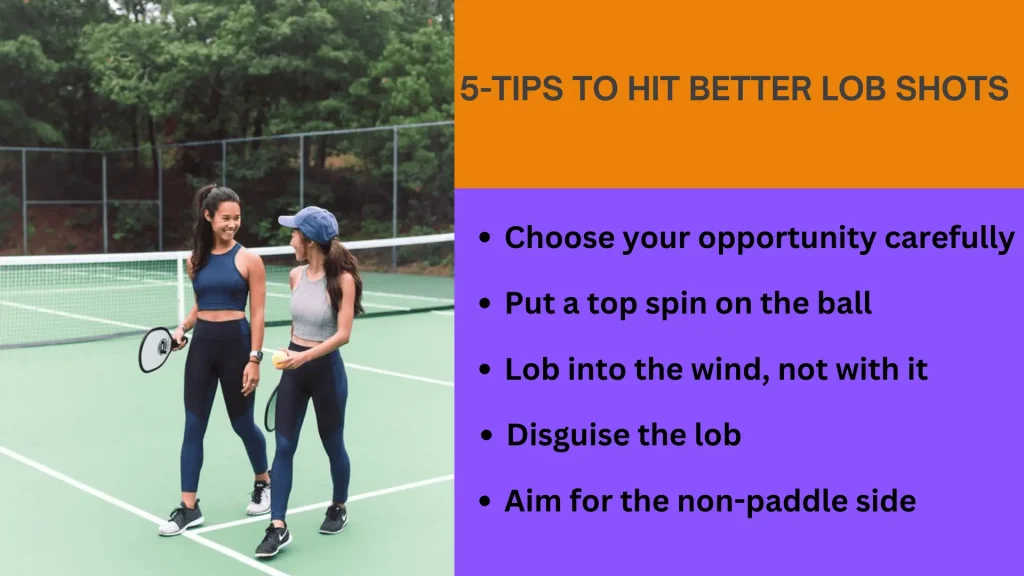
- Choose your opportunity carefully. in some situations, a lob is proved most potent when your opponents give preference at the non-volley zone, in the expectation of dinking rally suspecting a high ball to keep in reverse.
- Put a top spin on the ball. It’s tough to return your lob as top spin increases the difficulty.
- Lob into the wind, not with it. As the pickleball court dimensions are comparatively small when you lob the ball with the wind blowing toward your opponents. It’s challenging to keep the ball within reach or limit.
- Disguise the lob. Sometimes lobs can be vicious when your opponents appear inattentive, but they can attack when they find it coming toward them.
- Aim for the non-paddle side. Generally, it’s tough for opponents to return a lob hit to their non-paddle side of the court.
What is a Lob In Pickleball: 5 Easy Tips to Defend The Lob Shot
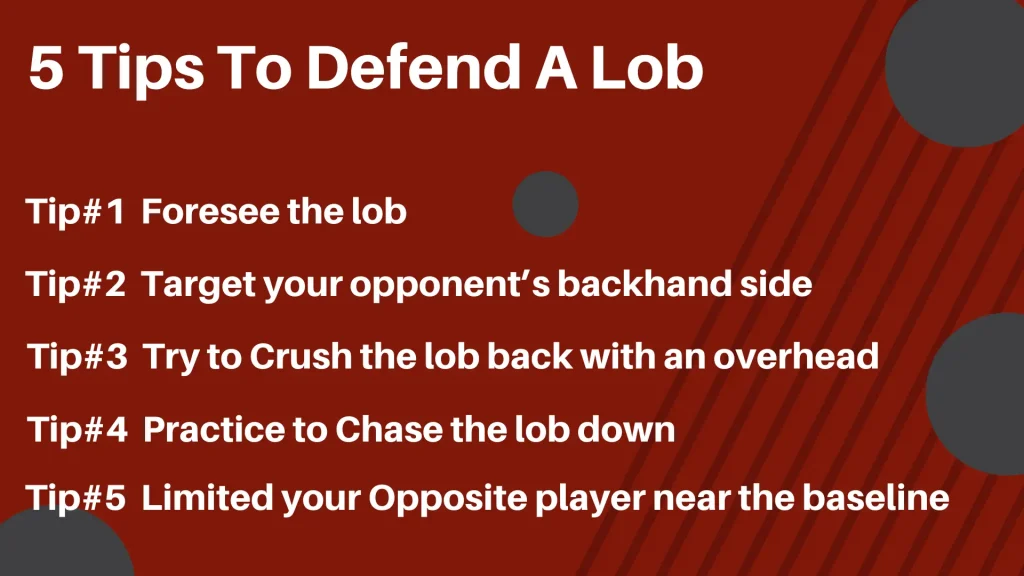
To defend the pickleball lob, you’ll need to either return the ball with force or try to avoid the lob altogether. These are a few pickleball lob defense tips that can assist you in changing lobs into golden chances to hit back at your opponent.
1. Foresee the lob:-Always observe the paddle of your opponent players and watch the paddle angle. You should focus on their body language and act according to their moves.
2. Target your opponent’s backhand side you observe your opposite player is trying to set up an offensive lob shot and wants to send it toward the non-paddle side. All the experienced players like to lob with a forehand shot; in that way, your opposite player might not play it on a backhand.
3. Try to Crush the lob back with an overhead: If you return an effective overhead smash might make your opposite rethink many times about playing a lob shot to you again. The best time to crush a lob will begin while it is short enough or if you try to jump to reach it.
4. Practice Chase the lob down:- A lob is only your enemy at a time when you can’t approach it. It would be best if you did not rush backward. Step back slowly towards the baseline. Then you can effectively handle the ball as a return or take a strong shot off the bounce.
5. Limited your Opposite player near the baseline:- To hit the offensive lob from deep in the court is not a good idea. Limited to your opposite players in the backcourt will also deprive them of the ability to strike an effective and impressive lob.
Last Words
In this article, we’ve learned what is a lob in pickleball. Lobs are becoming familiar with the passing days, in all beginners to expert level play; therefore, playing effective lob is a crucial skill to becoming a master in this game.
Beginners and new players always focus on the game of experienced players and watch their strategies in the play.
Hope this article will educate you on this skill, how and when to hit a lob shot, and how to handle and respond to opposite players with just a little practice on the court. You can become a master in lob by adopting all the tips mentioned earlier and tricks.
